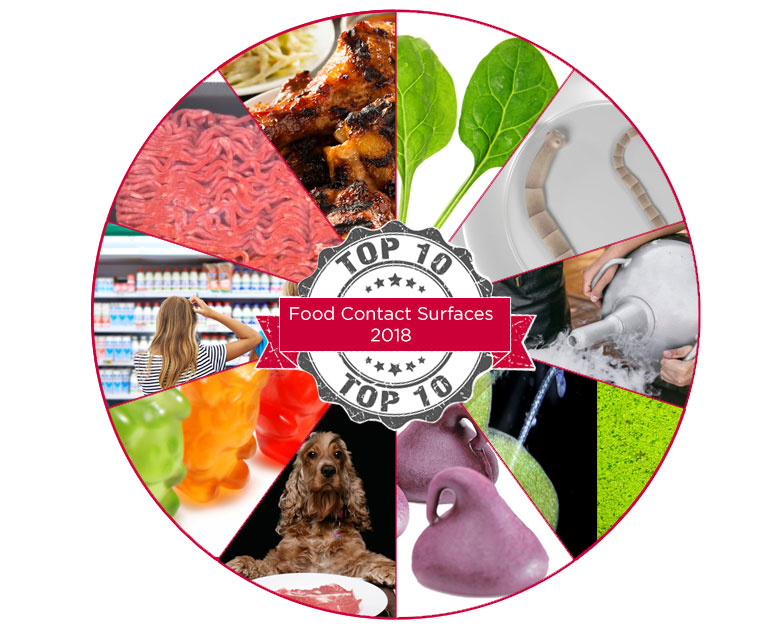It’s that time again: the annual round up of our most trafficked articles. And we are as pleased as an elf on a shelf after the Yule celebrations to be kicking back and revisiting some of our best research on all things related to food surface safety. Given how far we pushed the metaphorical boat when it came to our #1 article – spinach and the cleanroom – we were thrilled to see how well it was received. It piqued the interest of so many readers as the possibilities of work like this became increasingly clear. Following another path, our #2 article did give in to the temptation for the scatological double entendre as we explored the horrifying tale of a giant tapeworm and outlined how to avoid such contamination ourselves. Article #4 continued in this somewhat risqué vein, leveraging mirthful Schadenfreude in the unfortunate after-effects of those innocuous-looking gelatin candies, Gummy Bears. And then there was pond scum as a new protein source. And grapes kins. And alginate. Oh, let’s not forget functional chocolate, and more…
All of which goes to illustrate the extent to which cutting edge research of the highest caliber is conducted in our nation’s cleanrooms. And this is just one reason why we love doing what we do. At Berkshire, we are honored to be a part of such an inherently interesting, life-saving, and diverse industry, to offer support, expertise, and our own research to make our community the world-leading engine of change that it is.
Here’s to a fun review of The Best of 2018, and to embracing the immense promise of the year ahead!
1. Morethan Nutrition – How Does Spinach Find its Way into the Cleanroom?
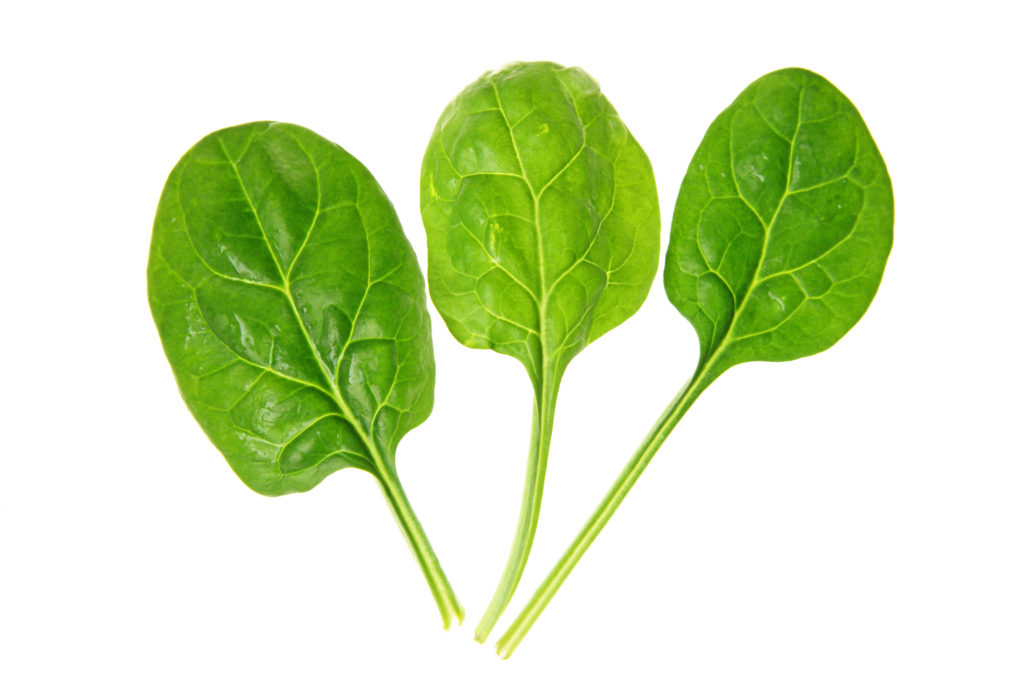
The contributions made to the field of modern medicine by Hippocrates, a physician in Ancient Greece, are hard to underestimate. The ‘Father of Modern Medicine,’ Hippocrates is not only credited with defining the discipline as a profession distinct from philosophy and theurgy (magical practices to invoke a divine spirit), he was arguably the first to understand that disease had a physical cause and was not occasioned by superstition or the wrath of the gods. Born around 460BCE on the island of Kosin the Greek archipelago, Hippocrates is perhaps now best remembered for having crafted the still sworn Hippocratic Oath as a guideline to physicians on their roles and responsibilities to patients, and the oft – perhaps misquoted –verse: “Let food be thy medicine and medicine be thy food.” But what happens when food becomes more than simple nutrition? What happens when it enters our body and never leaves? As our most widely read article of 2018, we’d love to remind you of how science can transform a spinach leaf into a beating human heart. It’s all here…
2. The Caseof the Giant Tapeworm: Why Fish Foodies and Pesca-Phobes Are Nervously EyeingFrankenfish
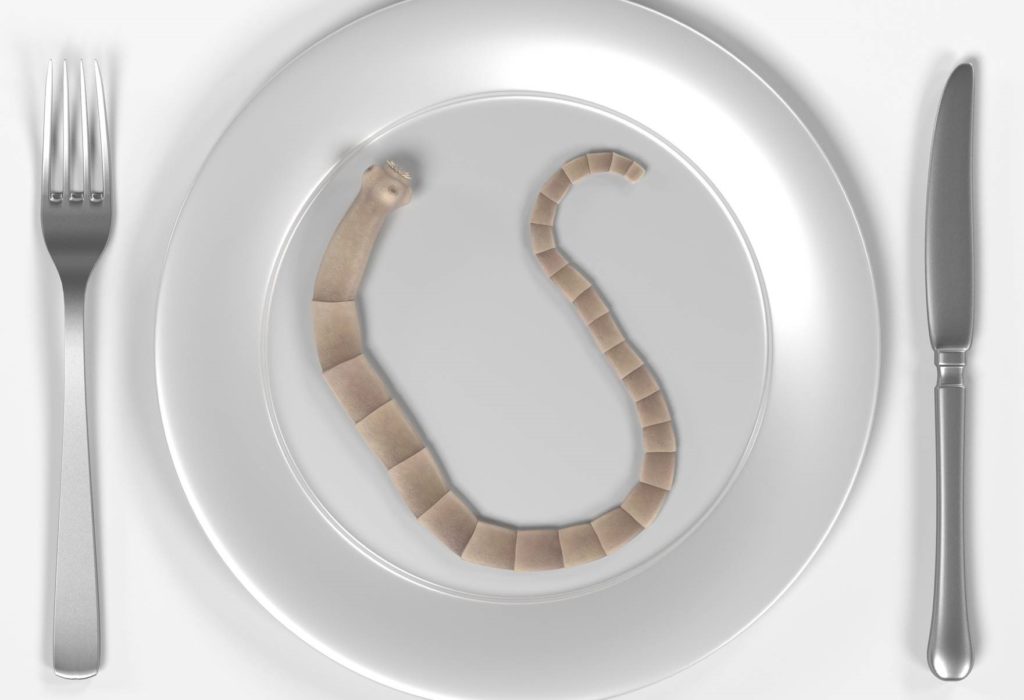
Just last weekend a story hit the headlines that was the press equivalent of watching a train wreck in slow motion. Consuming column inches from tabloids to broadsheets on both sides of the Pond,the Case of the Giant Tapeworm fascinated fish foodies andpesca-phobes in equal measure. Arriving at a Fresno, California, emergency room, a mercifully anonymous patient suffering a ‘bout of bloody diarrhoea’ produced a bag containing the still warm remains of a freshly deceased tapeworm, a parasite measuring 5ft 6in in length that he had – shall we say, evicted– from his own body. When originally bagged and tagged, the creature was alive and kicking but apparently became ‘non-viable,’ as the parlance has it, enroute to the hospital. Fortunately, the human host did not, was treated with a common deworming medication, and sent on his presumably lighter way. Contracted in this case from eating raw fish, this parasite enjoyed the hospitality of its human host for way too long, and we have to assume that the unfortunate patienthas sworn off future sashimi. But given the potential for food-borne parasite infestation, do we have to give up on eating fish altogether or could there be another way? Fin on over to our second most avidly read article by clicking here…
3. What arethe Perils of Liquid Nitrogen in Food? The Power to Take Your Breath Away and So Much More

What’s cold enough to burn your insides and ephemeral enough transform you into a fire-breathing dragon? Liquid nitrogen,the new darling of festival and fair food, turns out to be an additive that we need to treat very carefully. With the new craze for Dragon’s Breath cereals sweeping the carnival-going community, how concerned should we be about our children’s health when it comes to chemically-enhanced snacks? If refusing the pleading entreaties of wanna-be carnival fire-breathers is hard – if, as they say, the struggle is real – you really need to read this #3 Top 10 piece to get your scientific ducks in a row…
4. 3G:Gummy Bears, Gelatin, and GI Distress. What’s Lurking in your Favorite Chewy Snack?
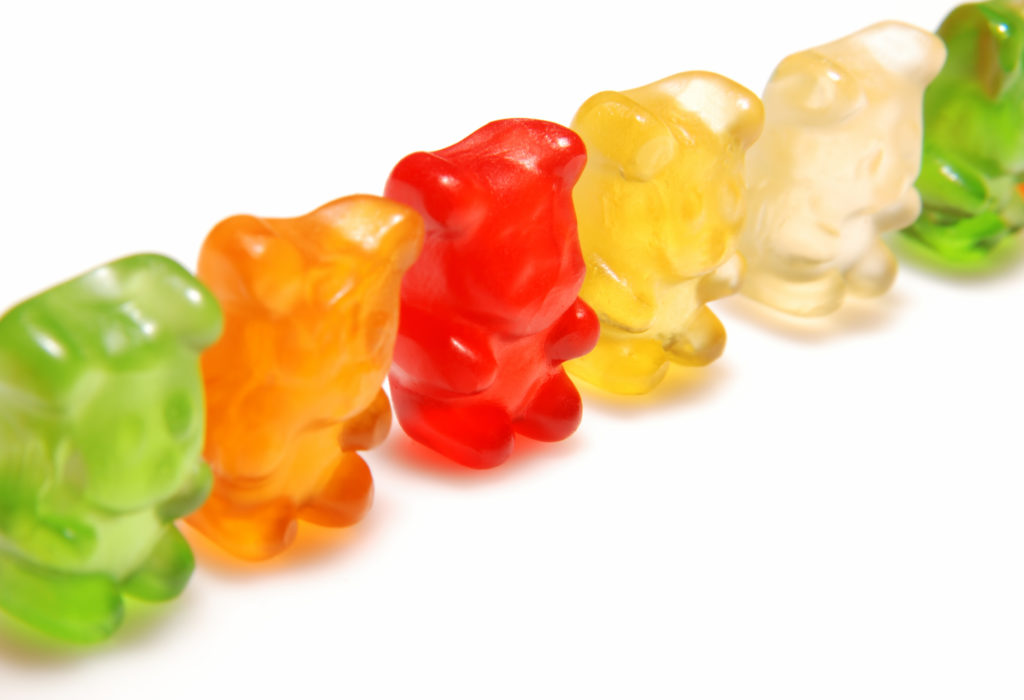
Never let it be said that we here at Food Contact Surfaces shy away from facing the big issues of our modern, high-tech life.From milkingcockroaches to camels, we have demonstrated fearlessness in tackling questions and bringing you up-to-date information on matters of interest large and small. So it was with our usual degree of dedication that we approached this week’s topic, a matter of critical significance both to our readers and to society at large. Gummy bears. Wait? What was that? Yes, you read that right. Gummy bears: those ridiculously cute,highly addictive, chewy office and party favorites are the topic of today’s conversation. And for a couple of excellent reasons; one, they can be the candy equivalent of a wolf in sheep’s clothing; and two, contrary to popular belief, they may not actually be as universally beloved as we initially thought. To wit, prepare yourself for a dose of hilarity in our #4 of the Top 10 articles of 2018 as we follow the gastric misadventures of one unfortunate gummy bear chewer…
5. Duckweed: Why Tiny Pondscum Might be A Big Innovation I Plant-Based Nutrition
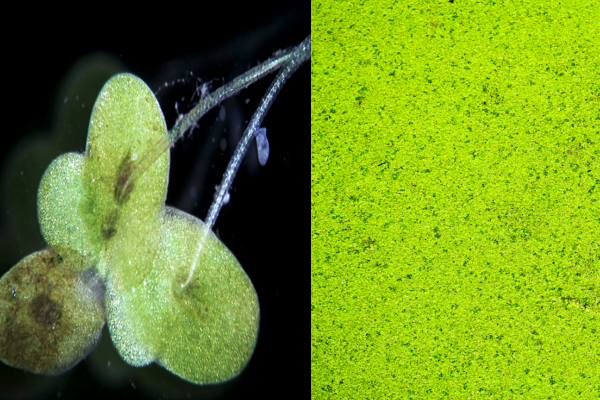
As a species, we humans like to think we are several rungs up the evolutionary ladder from the fish. And in so many ways we are. Our contribution to science, space exploration, literature and the arts,not to mention engineering and medicine are definitely more advanced than theirs. We invent rovers that survive on the Martian landscape for 14 years, engineer semi-autonomous vehicles, and we develop 3-D printed transplant organs; fish merely swim, spawn, eat, and occasionally inspire movies like FindingNemo. But aside from profiting Pixar, there is something that unites humans with our aquatic little friends, something both species have in common. And it is in the realm of the culinary arts. Although it goes without saying that a fish’s ultimate contribution to sushi is significantly more meaningful than that of its human counterpart, it is in the area of food that sustains both fish and humans that we are united. What are we talking about? Wipe the pondscum off your hands, #5, and click here to read more about the magical properties of that most overlooked of plants…duckweed!
6. Functional Comfort Food – The Future of Chocolate. Hedonistic Indulgence or UniqueInnovation?
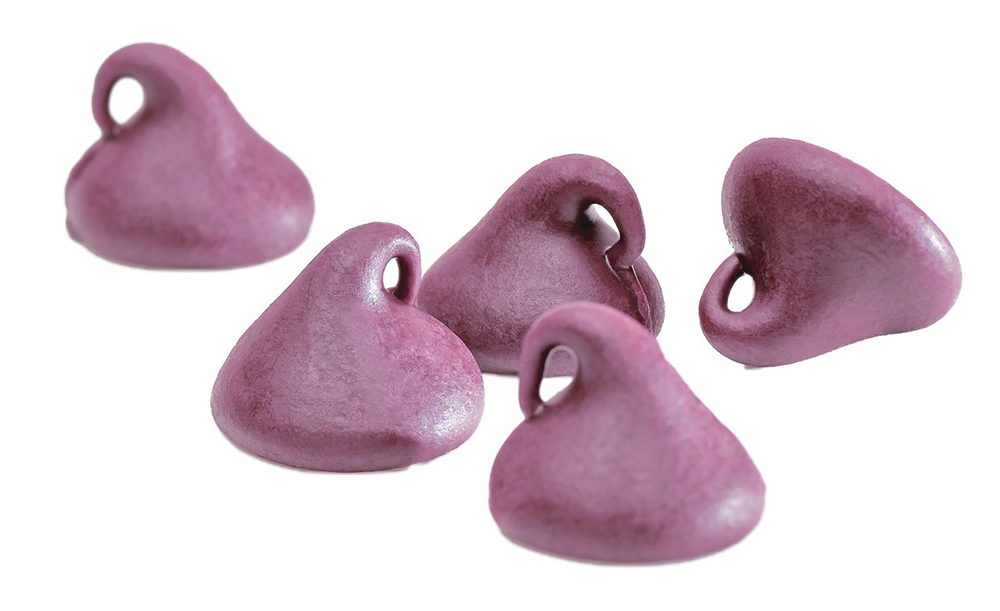
So far, one thing about 2017 is abundantly clear –it has been a year of new ideas, innovation, and the meeting of fresh challenges. A period of milestones achieved and deadlines crushed, of new directions followed and novel experiences realized. And perhaps it’s true to say that nowhere is this more evident than in the realm of food. From all points on the foodie spectrum, manufacturers have pushed the proverbial envelope on their products, offering exciting and refreshing takes on old favorites. (Or disgusting and regrettable – depending on your perspective.) So far, we’ve reported on coffees (both wine-infused and from beans passed through the digestive tract of elephants and civet cats), lab-grown meats generated from a single chicken feather, and the potential of milk harvested from the pest that everyone loves to hate: the cockroach. And that’s just the small selection of our articles. But what’s generated the most interest is our focus on ‘alternative’ food conventions where food manufacturers thumb their corporate noses at the ‘rules of the game’and popularize the otherwise unpalatable: the rise of edible insects and the sudden popularity of black ice-cream being two such examples. And, as consumers search for the next Big Thing, it seems that the unconventional, perhaps even whimsical, is on the rise,especially across The Pond in the European Union. From the continent that brought us that airport duty-free favorite, the Toblerone, not to mention the bite-sized Lindt truffles, and Milka’s ‘purple cow’ comes nutrient-infused chocolate and high-fiber-high-protein, healthy ice cream. Wait – chocolate as a healthy indulgence? Can this be real? If, in the profound sloth of the post-Yuletide sugar shock, that still sounds good, join the legions of readers who made this our #6 most popular article …
7. CouldCell-Cultured Meats and Bioreactors Be The Next Step in Pet Food Safety? BarkingUp the Right Tree?

We love our pets, especially our canines.According to Statista, an online portal dedicated to gathering myriad statistics, in the States we spend more than $66.75 billion per annum on them,with one of the most consistent expenditures being food. Thankfully, the days of feeding our pooches kitchen scraps and letting them gnaw on bones are long gone and today’s grocery and pet store shelves groan with a rainbow of different brands that promise fundamentally the same thing – from the ‘Love them like family’ of Blue Buffalo to the ‘Healthy Makes Happy’ of Solid Gold.And with each brand and variety offering active nutritional support for every stage of your furry best friend’s timeline, unless you allow Fido to sniff out his own meal plan there are some tough choices to make. And if you have to taste all of the options yourself, you’ll go barking mad! So, ahem, tech make sit paw-sible to find a better way. Click here for tails – we mean TALES – of the Opertech Bio workstation that tastes puppy chow so you don’t have to. It’s#7…BOL!
8. How Are Alginate and Grapeskins Changing the Face of Food Packaging Innovation? From Biodegradable to Edibly Functional

In March 2016, ‘America’s Healthiest Grocery Store,’ Whole Foods, trialed an exciting new concept in grab-and-go food packaging. In a handful of stores including the now infamous location in Oakland, CA, the niche retailer offered pre-peeled oranges, ‘conveniently’packaged in a single-use plastic tub. In a photo that was destined to go viral across a variety of social media platforms, blogger Michelle Cehn of WorldofVegan.com called out the problem inherent in relieving a fruit of its naturally biodegradable packaging and placing it in a landfill-bound plastic box. The story garnered the attention of a number of major news networks from Fox to the Huffington Post, with commentators eviscerating Whole Foods for the ill-conceived project. The pre-peeled orange snacks were subsequently withdrawn. Just the latest in a long line of plastic-based insanities, this incident underscored how thoughtless we can be in our use of this non-degradable resource. And given our rate of consumption, some fear that we are doomed to continue drowning in our own plastic waste. But others, like entrepreneur Rodrigo García González, disagree. Coming in as our #8 most popular piece, let’s recycle this important problem and review some of the more novel solutions…
9. Your Own HACCP and PPE: Defeating Pathogenic Contamination in the Domestic Environment

Standing somewhat impatiently in line at the grocery store this weekend with a cart full of goodies one of the Berkshire Boffins noticed something troubling. On the belt ahead, a customer had deposited a head of lettuce, a bunch of tomatoes on the vine, and a package of ground beef. The beef, sitting on a Styrofoam tray shrink-wrapped in cellophane, was oozing liquid. Over the conveyor belt and onto the produce. Yeuwww. And the worst of it was that neither the customer nor the checkout clerk noticed. And apart from turning our coworker’s stomach, the incident made us all reflect on the role we play individually in contamination control.Because it not just about excellent cleanroom etiquette, adherence to guidelines and best practices, to protocols and HACCP, to cGMP and industry standards. Good food hygiene – the kind that does not result in food borne illness and distress – is more than just the management of bacteria, microbials, pests, and fungal spores. It’s also about how we manage potential hazards in our own lives and homes too. So if we don’t have a whole set of codified protocols in place for how we separate our ingredients and the benefit of contamination control facilities to ensure our food safety, what is the absolute minimum we should be aware of? As our#9 top article, let’s check out the basics of keeping ourselves and each other safe…
10. CleanMeat: Can a Flesh-Based Product Ever Be Considered Contamination-Free?
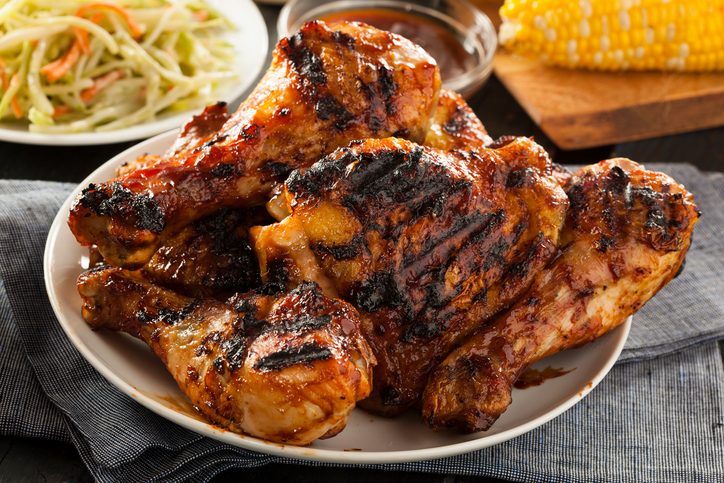
It’s mid-September and time to bid a slow farewell to summer, reluctantly pack away our grills, and turn our thoughts to the pleasures of fall. In come the pumpkins, the pies, and the apple cider, and out go the burgers and dogs of summer barbeques. We’ll miss them, but they’ll be back next year, bigger and better. Why? Because the ingredients we’re using to create those delicious meat patties slathered in cheese, onions, and pickles are changing. It’s a quiet revolution, a slow but steady evolution. Those burgers are no longer necessarily pressed from fatty ground meat. They look like regular old burgers, taste like regular old burgers, and if you didn’t know they weren’t the ‘real thing’ you wouldn’t be able to guess. Vegan,plant-based burgers and dogs are taking over your grill, alongside what is increasingly being called ‘slaughter-free meat’ – meat grown in a lab from stem cells. And the newest generation of these foods all started out with a single white feather. Is this a case of having your cake and eating it too? Are tasty vegan burgers as mythical as winter unicorns? How is this magic possible? Click on over to our #10 article and make sure to bring some mustard for the dogs…

